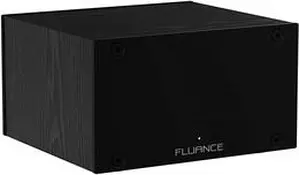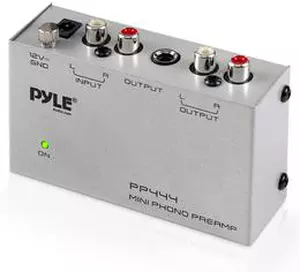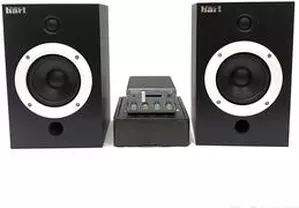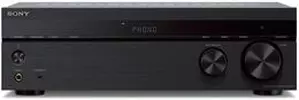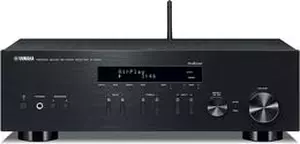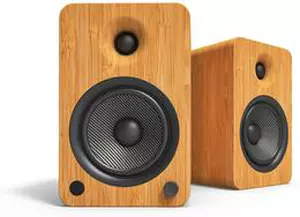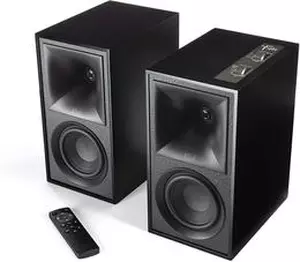How to Connect a Turntable to Speakers
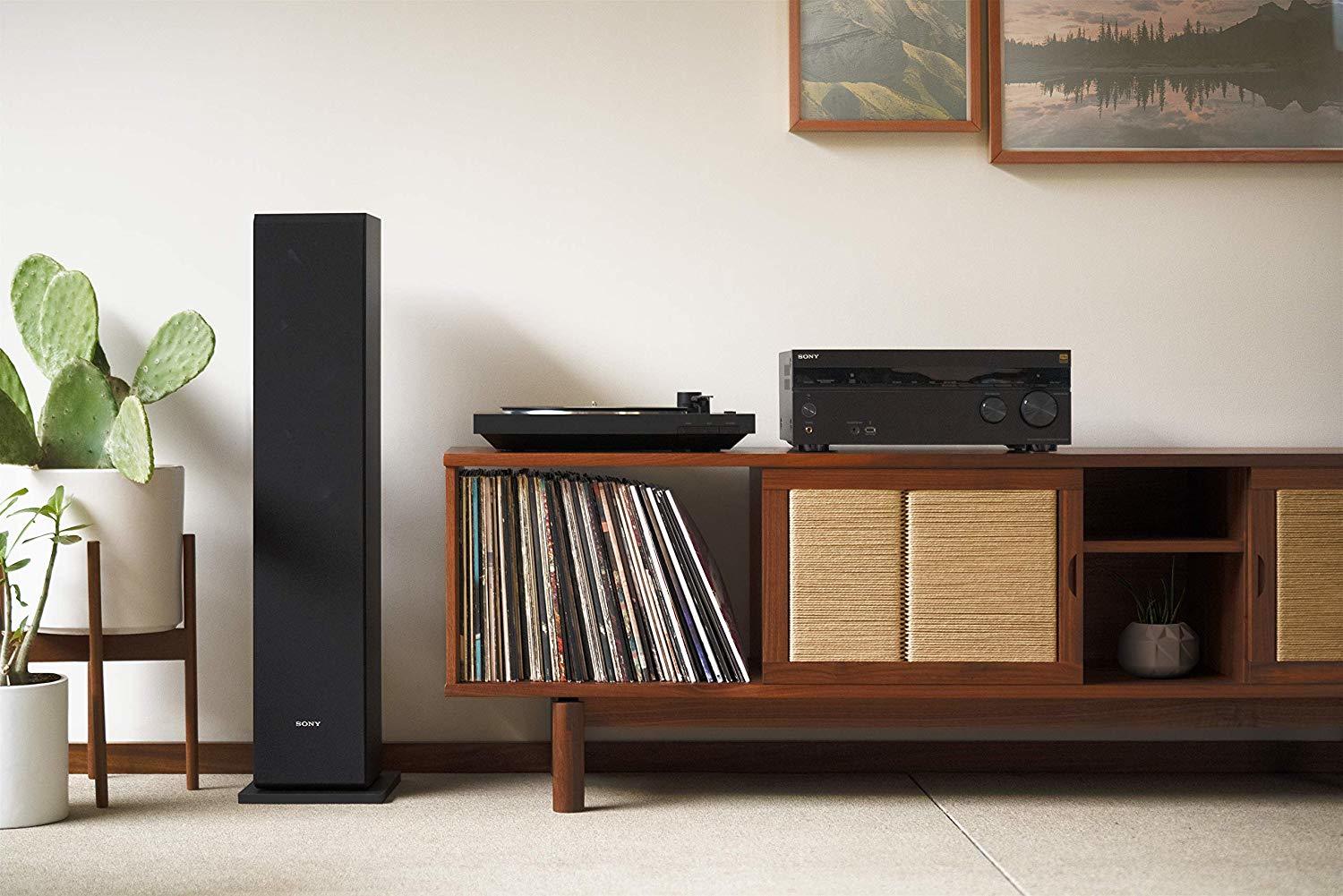
In order to make music from a turntable sound great, it is often not enough just to connect the turntable to an amplifier. It's all about the process tone balancing - phono stage correction. In our Choosing the Best Beginner Vinyl Turntable Review we discussed this topic in detail. Here we'll explain how to choose the right phono preamp and how it pairs with different types of needles, amplifiers, and speakers.
Whatever the case, you can't do without the phono stage when connecting your turntable to a speaker system. It is up to you whether it will be external or built-in into the amplifier or directly into the speakers. Our task is to show the possible ways of connecting the turntable to the speaker system and to describe the pros and cons of each connection type.
Let's begin with quick overview of basic principles for speaker kit / turntable connection options.
Best external phono stage
The best receivers with built-in phono stage
- The most inexpensive receiver in the current Sony line, but with a built-in phono stage with support for MM pickups. You can connect 2 or 4 passive speakers.
- There is Bluetooth, so in addition to vinyl, you can listen to music from Apple Music, Spotify and other streaming services with which your smartphones are crammed.
- Everything is the same as the Sony STRDH190, but with a bunch of nice goodies. The most interesting is the proprietary MusicCast application, which allows you to transfer audio from almost any modern streaming service from your smartphone to the receiver via WiFi, not Bluetooth (although BT is supported).
- A bonus is support for AirPlay (relevant for owners of Apple technology) and the voice assistant Alexa.
The best active speakers with built-in phono stage
- Equally well-tuned for digital and analogue signals, the YU6 allows you to connect to any turntable thanks to its built-in phono stage.
- The YU series remote control makes listening to music more convenient: you can quickly switch between audio sources, adjust the soundbar to suit your room, and even control playback when streaming via Bluetooth.
- With virtually unlimited connectivity including HDMI-ARC, built-in phono stage and more, The Fives delivers better sound quality than traditional soundbars with the same simple plug-and-play setup.
- The Fives features removable magnetic grilles, including a complimentary pair of beige grilles, multiple finishes, and a subwoofer outlet.
Turntable Connection Options
- turntable with built-in phono preamp → amplifier/receiver → passive speakers
- turntable → external phono preamp → amplifier/receiver → passive speakers
- turntable → amplifier/receiver with built-in phono preamp → passive speakers
- turntable with built-in phono preamp → active speakers
- turntable → external phono preamp → active speakers
- turntable → active speakers with built-in phono preamp
Here it becomes obvious that Phone Preamp is a key figure in the connection chain.
The Preamp or Phono Preamp (Phono Stage) - Deep in Theory
There is an opinion that phono preamp is the same as preamp (preamplifier). That is, the device amplifies a weak electrical signal coming from the cartridge with a needle to the level perceived by the speaker system. That's not exactly true. Preamplification is only one of the properties of a phono stage.
Vinyl record technology lowers the low-frequency range of the record noticeably and increases the high-frequency range just as noticeably. Why does this happen?
The power of the high frequencies in the recording is significantly less than the power of the rest of the range, so noise from the material that the records are made of (the same vinyl) can affect the quality of playback. To prevent this from happening, the high-frequency information is amplified as much as possible in the vinyl tracks. As for the low-frequency vibrations, on the contrary, they are "smoothed out" so that the needle does not jump over the edge of the track. Accordingly, the lack of low frequencies on vinyl must be compensated for when playing back.
The phono preamp balances the tone of the recording so that the sound performance through the speakers is correct. The preamp basically increases the volume of the sound for the amplifier's perception, and can also control multiple sources.
Within a turntable context, you can find Preamp and Phone Preamp (or Phone Stage) as interchangeable terms in many sources. In fact, they are. But those who are deep in the topic, understand the real difference which exists. Now, you do as well.
Types of Needles
2 types of cartridges are used in modern turntables:
- MM heads - Moving Magnet
- MC heads - Moving Coil
The output level of the MM is about 5 mV, and the MC is even less - only 0.5 mV. At the same time, the amplifier input requires from 200 to 1000 mV, that is, from 40 to 2000 times more.

In addition, the cartridges may differ in resistance, capacitance, and other features that must be taken into account.
Why do We Need a Phono Preamp?
In 1953 the Recording Industry Association of America (RIAA) first standardized the amplitude and frequency characteristics of recording and playback of gramophone records. At the time, a frequency range of 30 Hz to 15 kHz was considered. Over time, technology made it possible to expand that range, so 25 years later the RIAA-78 standard was developed and is still in use today. For the sake of brevity, it is still called the RIAA standard.
It is this standard that guides the creation of a phono preamp - a device that brings the frequency characteristics and recording level of a turntable into line with the input signal requirements of loudspeakers. The phono stage can be either a universal one designed to work with both MM and MC heads, or for each head type separately.
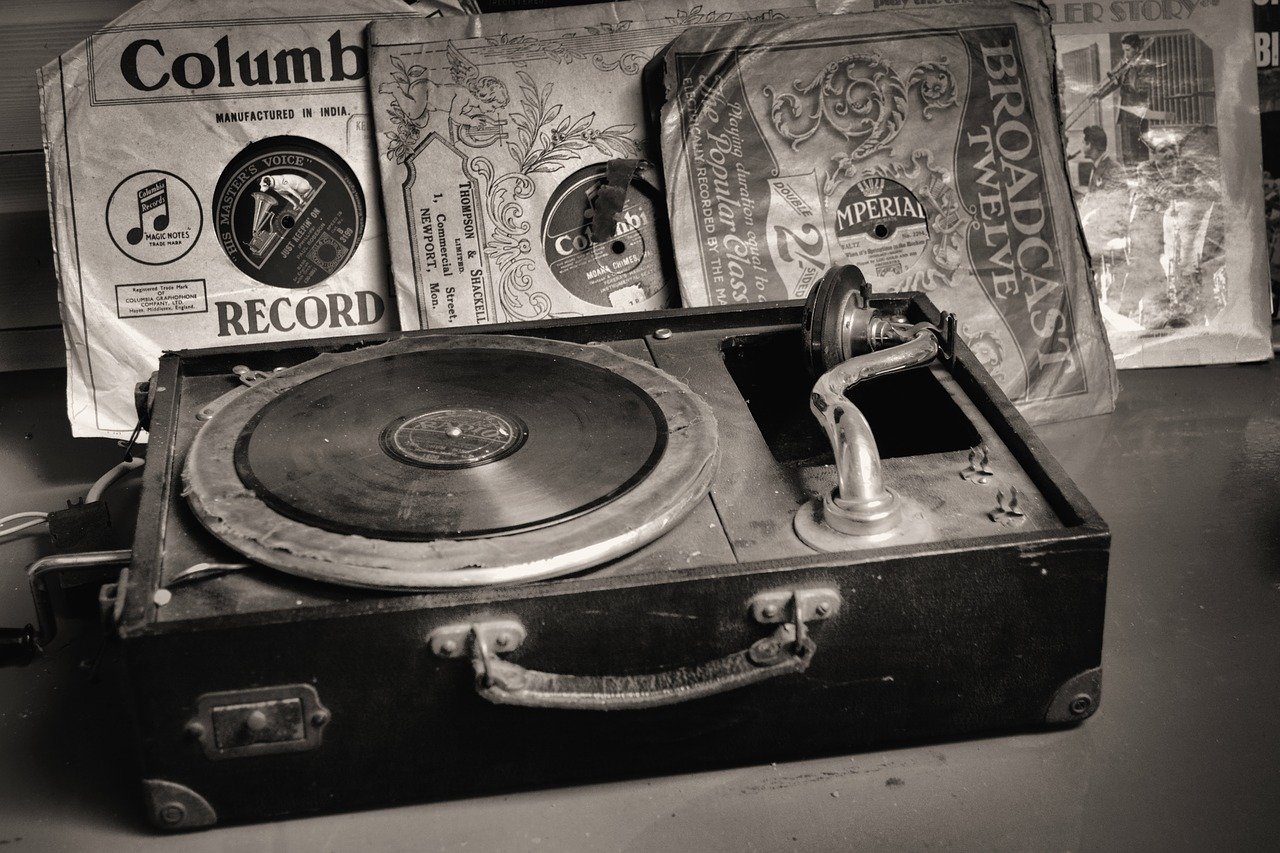
Besides, phono preamps can be separate devices - external, as well as built-in ones. And they can be built into the record player itself, or into the amplifier, or even directly into the active speakers, which do not need an amplifier at all.
But whatever your choice, you can't do without a phono preamp in the case of a turntable at all.
The Built-In Phono Preamp (Into a Turntable)
Most of today's entry-level turntables which we discussed in detail in our review Choosing the Best Beginner Vinyl Turntable Review, are equipped by manufacturers with a switchable phono preamp.
The advantage of such built-in solution, obviously, is that it does not require additional costs. You bought the turntable, activated phono/line switch and listen to music through your acoustic kit, whatever it is. In this case, of course, the built-in phono preamp will be selected by the manufacturer based on the rest of the turntable design: head type, resistance, etc.
A relative disadvantage of this solution is its inexpensive price and, as a consequence, not the highest (but absolutely acceptable) sound quality. It can be called rather "sufficient", but far from being perfect
The External Phono Preamp
External phono preamps usually look like a small box with a power cord and sockets for connecting cables. If the manufacturer of the phono stage is the turntable manufacturer, this is more than enough. The RIAA standard requirements are taken into account and the design considering the connection of specific models eliminates the need to equip the device with all sorts of frequency and preamplification level controls.
A completely different thing is a phono preamp from third-party manufacturers. Here, when choosing a device, both the availability of RIAA certification and the possibility to upgrade the cartridge head must be taken into account.
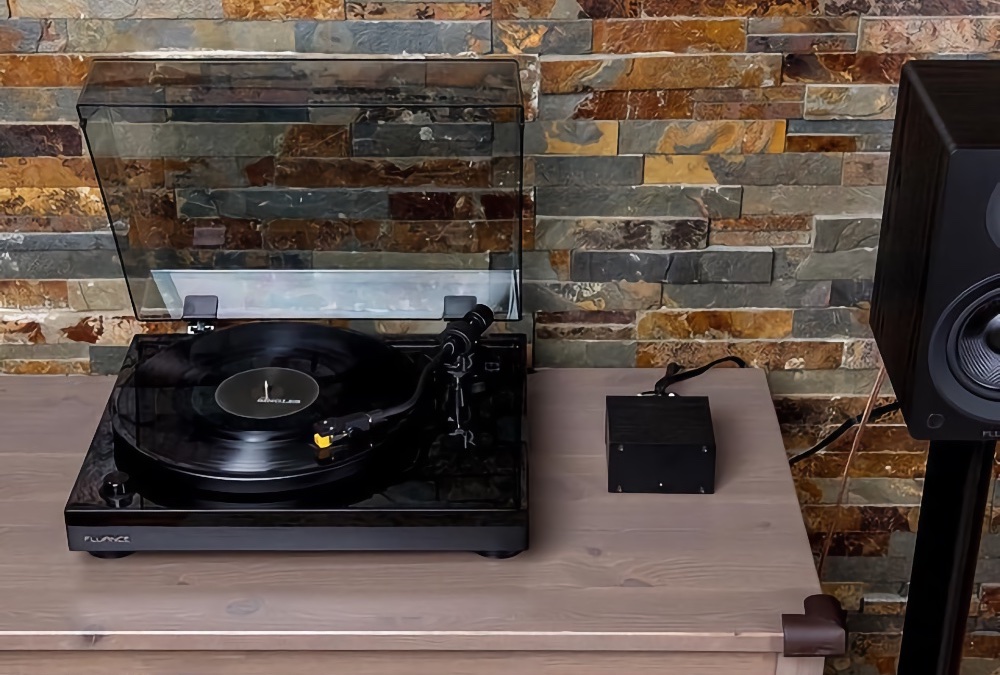
Entry-level turntables default to MM heads, but over time you might want more and upgrade to an MC-head. Consequently, if you are even thinking about such a possibility, the phono preamp must be designed for both types of cartridges, i.e. it must be versatile rather than dedicated. Otherwise, when you change from MM to MC technology you'll have to change the phono preamp as well.
The weakest part of the phono stage is the power supply unit. The built-in unit can create electromagnetic interference from the network. That is why many manufacturers make the phono stage power supply block external, so it can be placed at a distance. For the most extreme cases there are phono stages powered by batteries or rechargeable accumulators.
The Built-In Phono Preamp (Into an Amplifiers or Receiver)
If the phono preamp can be built into the turntable itself, it can be built into an amplifier or receiver. There is nothing complicated or unusual about this. This is a common practice of many manufacturers, who rely on the use of their equipment for music streaming.
The recommendations here are similar to those relevant for external devices: RIAA certification and matching your type of cartridge is desirable. The Phono input jacks can either have a switch or be labeled with the appropriate MM or MC to make it clear which input kit your turntable should be connected to.
Of course, if you intend to change the head technology in your turntable over time, it makes no sense to buy a receiver or amplifier not designed for such an upgrade.
The Built-In Phono Preamp (Into Active Speakers)
There is a whole class of so-called active speakers that do not need an amplifier at all: they have everything you need to process and amplify the audio signal right on board. Often such speakers have a versatile phono preamp, as well as Bluetooth, optical input, analog RCA-connectors and even USB, which allows you to safely get rid of the receiver at all.

And, despite the fact that such a variety of connection options usually causes associations with cheap solutions, in this case we are talking about really high quality speakers, which will perfectly reveal the potential of vinyl turntables.
Passive speakers are necessarily connected to an amplifier or receiver, as in fact they are just boxes with speakers. Passive speakers have no power or any kind of pre-processing of the sound signal.
The Bluetooth in Turntables
Some turntables, like the Sony PS-LX310BT or the Pro-Ject Juke Box E, are equipped with a Bluetooth module that allows you to stream music to BT speakers or headphones. There are also active speakers with Bluetooth, as we described above, or even receivers.
One should realize that although having Bluetooth eliminates the need to properly match the rest of the equipment to the turntable itself, it negates all the advantages of vinyl as a source of analog sound.
.jpg)
Sound transmission via Bluetooth is limited to supported codecs, among which there are currently no lossless codecs. Qualcomm aptX Lossless codec will provide CD-quality sound over Bluetooth, but it is not known when players and speakers supporting the new aptX Lossless capabilities will appear. Moreover, the new standard will support maximum CD-quality (i.e. 16-bit 44.1 kHz) and only "under ideal conditions". What these ideal conditions are, Qualcomm does not say.
Summary
The most flexible connection option, of course, is to use the phono preamp as a separate device (external). You can upgrade the turntable as much as possible and buy absolutely fantastic loudspeakers. Replacing the phono stage with a more advanced model will always allow you to continue upgrading your system. And choosing a particular model can give your set so much individual sound that you would never achieve using built-in solutions. But remember, no matter what we've written here, the final choice is always yours.
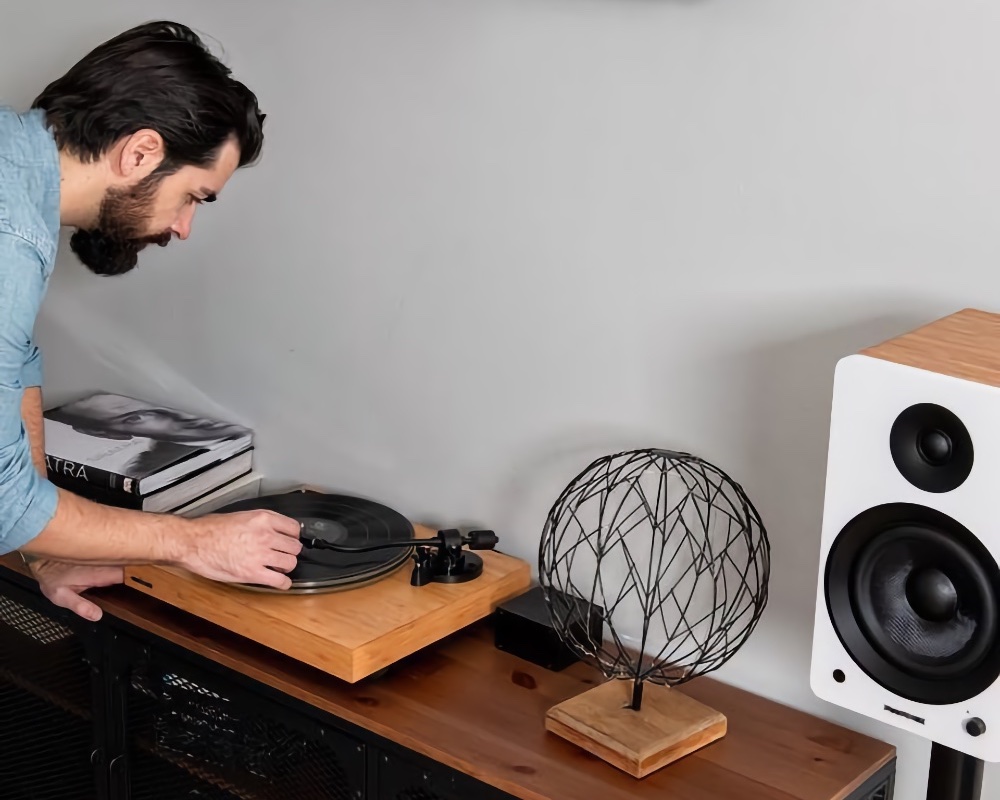
Enjoy listening.
You can also like:
